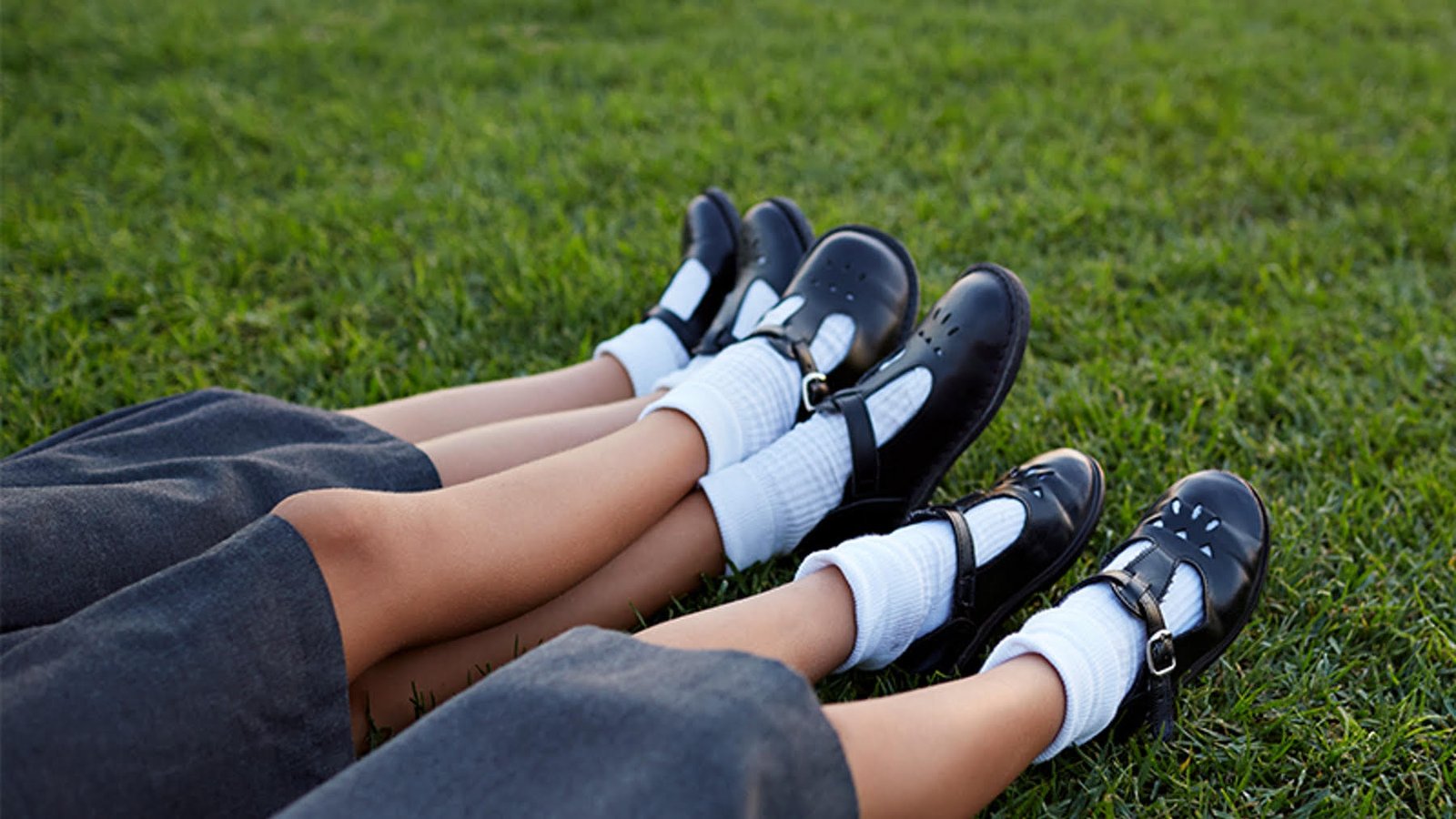Choosing the right shoes for growing feet is one of the most important decisions parents can make for their children’s health and development. Footwear that fits properly and supports natural growth can help prevent a host of issues — from discomfort and improper posture to more serious problems like misalignment or even long-term joint issues. In this comprehensive guide, we’ll cover how to pick the right shoes for growing feet, what to look out for, and tips to ensure your child’s feet develop healthily and comfortably.
Why Choosing the Right Shoes Matters
Children’s feet are still developing well into their teenage years. The bones in their feet don’t fully harden until around age 18, which means their feet are more malleable and susceptible to pressure and poor shoe structure. Wearing shoes that are too tight, too loose, or not supportive can hinder natural growth, affect balance, and even contribute to long-term orthopedic problems.
How Fast Do Children’s Feet Grow?
Understanding how quickly kids grow is the first step in choosing the right footwear. On average:
- Infants (0–12 months): Feet can grow up to ½ size every 2 months.
- Toddlers (1–3 years): Feet typically grow about ½ size every 3 months.
- Children (4–6 years): Growth slows to about ½ size every 4–6 months.
- School-age kids (6–12 years): Expect a new size every 6–8 months.
- Teens (13+ years): Growth varies, but girls usually stop growing earlier than boys.
With this rapid growth, it’s important to check your child’s shoe size frequently and replace shoes as soon as they no longer fit correctly.
Key Factors to Consider When Choosing Shoes for Growing Feet
- Fit:
- A well-fitted shoe should have about a thumb’s width (½ inch) of space between the end of the shoe and the child’s longest toe.
- The heel should fit snugly without slipping.
- Shoes should not pinch or press on the sides of the foot.
- Flexibility:
- Shoes should be flexible at the ball of the foot, not in the arch.
- This allows for natural foot movement and growth without restriction.
- Breathable Material:
- Choose shoes made of leather, mesh, or other breathable materials.
- This helps prevent sweating, odor, and discomfort, especially for active kids.
- Arch Support and Cushioning:
- Children don’t need rigid arch support, especially at a young age.
- However, shoes should have light cushioning and a flat, stable base to encourage natural muscle development.
- Toe Room:
- Avoid pointy shoes. The toe box should be wide enough for toes to wiggle freely.
- Cramped toes can lead to blisters, ingrown nails, and long-term foot deformities.
- Fastenings and Adjustability:
- Velcro straps, laces, or buckles help keep the shoe snug and secure.
- This prevents slipping and supports better movement control.
- Non-Slip Soles:
- Rubber soles with good grip reduce the risk of slipping — essential for toddlers learning to walk and active older kids.
Common Mistakes to Avoid
- Buying Too Big for Growth Room:
- Oversized shoes can cause tripping, blisters, and muscle strain.
- It’s better to replace shoes more often than to buy “room to grow” sizes.
- Hand-Me-Downs:
- Every child’s foot is shaped differently.
- Worn shoes mold to one child’s foot, and may cause discomfort or improper support for another.
- Ignoring Foot Problems:
- If your child complains of foot pain, trips often, or walks awkwardly, don’t ignore it.
- Consult a pediatrician or podiatrist if problems persist.
When to Shop for New Shoes
- Shop in the afternoon or evening, when feet are slightly swollen and at their largest.
- Always have your child try shoes on both feet with socks they’d normally wear.
- Let them walk around the store to assess comfort and fit.
Signs Your Child Has Outgrown Their Shoes
- Toes are pushing against the front of the shoe.
- Heel slips out when walking.
- Frequent tripping or clumsiness.
- Complaints of pain, blisters, or tightness.
- Wear patterns show uneven or excessive rubbing.
Check shoe size and fit at least every 2–3 months — especially during growth spurts.
Different Shoe Types for Different Activities
- Everyday Shoes: Should be durable, flexible, and breathable for school or play.
- Sport Shoes: Choose sport-specific shoes if your child participates in regular activities like soccer, basketball, or running.
- Sandals: Great for warmer months, but still need support and a secure strap.
- Boots: Must be flexible and not too heavy. Look for insulation and waterproof materials in colder climates.
Recommended Shoe Brands for Growing Feet
Some brands are known for designing shoes that accommodate the specific needs of growing feet:
- Stride Rite
- New Balance Kids
- See Kai Run
- Pediped
- Nike and Adidas (Kids line)
- Asics Kids
Always prioritize fit over brand. A fancy logo doesn’t equal the best fit for your child’s foot.
When to See a Specialist
If your child experiences consistent pain, has flat feet or high arches, or exhibits unusual walking patterns (like toe-walking or pigeon-toeing), you might consider visiting a pediatric podiatrist. Custom orthotics or corrective shoes may be recommended in some cases.
Final Thoughts
Picking the right shoes for growing feet isn’t just about style or trends — it’s about supporting your child’s development, posture, and comfort. By paying close attention to fit, material, support, and your child’s feedback, you can ensure they’re stepping in the right direction — one comfortable, healthy foot at a time.



